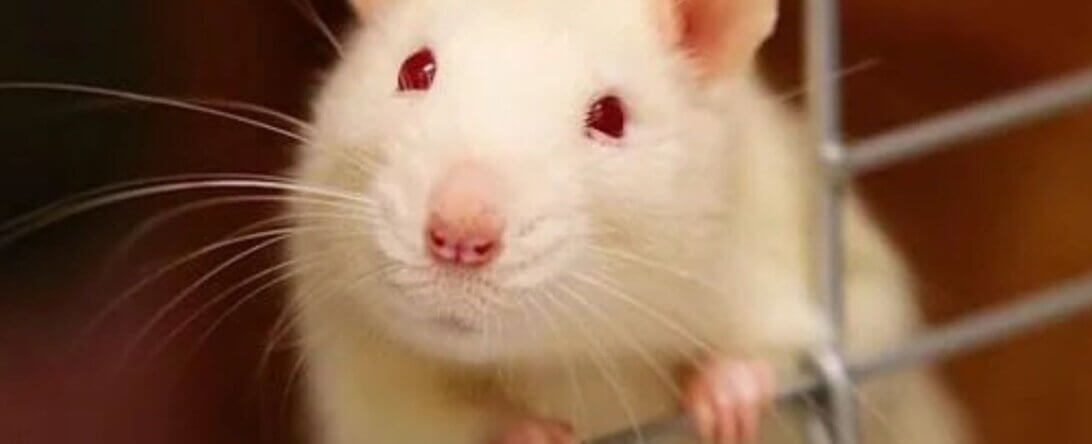If You Hate Animal Testing, You Should Also Hate Animal Dissection
As compassionate consumers speak out against experiments on animals, companies everywhere are pledging never to pay for them. (You can find a database of cruelty-free companies here.)
With your help, we’ve won some major victories for animals in laboratories. ❤️
Because you know things don’t change until people speak up, you probably look for PETA’s cruelty-free bunny logo when you buy cosmetics, you hand out copies of peta2’s “Cruelty-Free Shopping Guide” to inform your friends and family why they should shop compassionately, and you sign petitions urging companies to stop paying for tests on animals.
You’re making a difference for animals used in laboratories, but if your teacher asked you to dissect an animal in school, what would you do?
Make 👏 the 👏 connection. 👏
Animal dissection is like animal testing for beginners. If you think experimenting on animals sucks, you should hate the practice of dissecting them, too.
Animals aren’t ours to use.
They aren’t disposable pieces of science equipment, and they shouldn’t be used in experiments in laboratories or placed on dissection trays in classrooms. They’re individuals with unique personalities, just as humans are, and they exist for their own reasons.
In the U.S., millions of animals are bred solely to be killed for science classrooms each year!
Experimenters want us to believe that animals in laboratories are well cared for. Similarly, biological supply companies want us to believe that those used for dissection aren’t harmed and that they die of natural causes. 🙄
These claims couldn’t be further from the truth. Some animals used for dissection are captured in their natural habitats, while others are obtained from slaughterhouses, pet stores, or animal shelters—and many are taken to places like Bio Corporation.
Imagine if your entire existence were reduced to being tortured and abused. Most animals used for both experimentation and dissection are bred by humans solely to be exploited and killed, and their short lives are spent in fear and pain or discomfort.
There Are Better Ways to Learn
Many research methods are faster, more reliable, and more humane than animal tests. And there are tons of modern, educationally superior alternatives to animal dissection. No medical schools in the U.S. require students to dissect animals, so it’s safe to assume that it’s not necessary in order to become a brilliant doctor.
Humane Alternatives Are More Cost-Effective
Compared to crude, archaic animal tests, non-animal methods usually take less time and cost significantly less. And buying dead animals year after year for students to dissect costs way more than purchasing a single computer program or synthetic model that can be used for years. Using interactive software saves schools money—some programs are even FREE.
What You Can Do
Animal experimentation and cruel dissection are both bad science—animals deserve better, and so do you. There are more effective ways of teaching students about anatomy than using the bodies of dead animals.
Take a moment to think about all the animals who have been killed in order to try to teach students something that they could have easily learned through a computer program.
When you speak out in support of cruelty-free living, remember to include animals used for dissection in your activism. YOU can make a difference by saying NO to animal dissection—and we’re here to help you. If you’re expected to perform or observe cruel dissection, e-mail us at [email protected].
Text peta2 to 30933 for ways to help animals, tips on compassionate living, and more!

Terms for automated texts/calls from peta2: http://peta.vg/txt. Text STOP to end, HELP for more info. Msg/data rates may apply. U.S. only.




